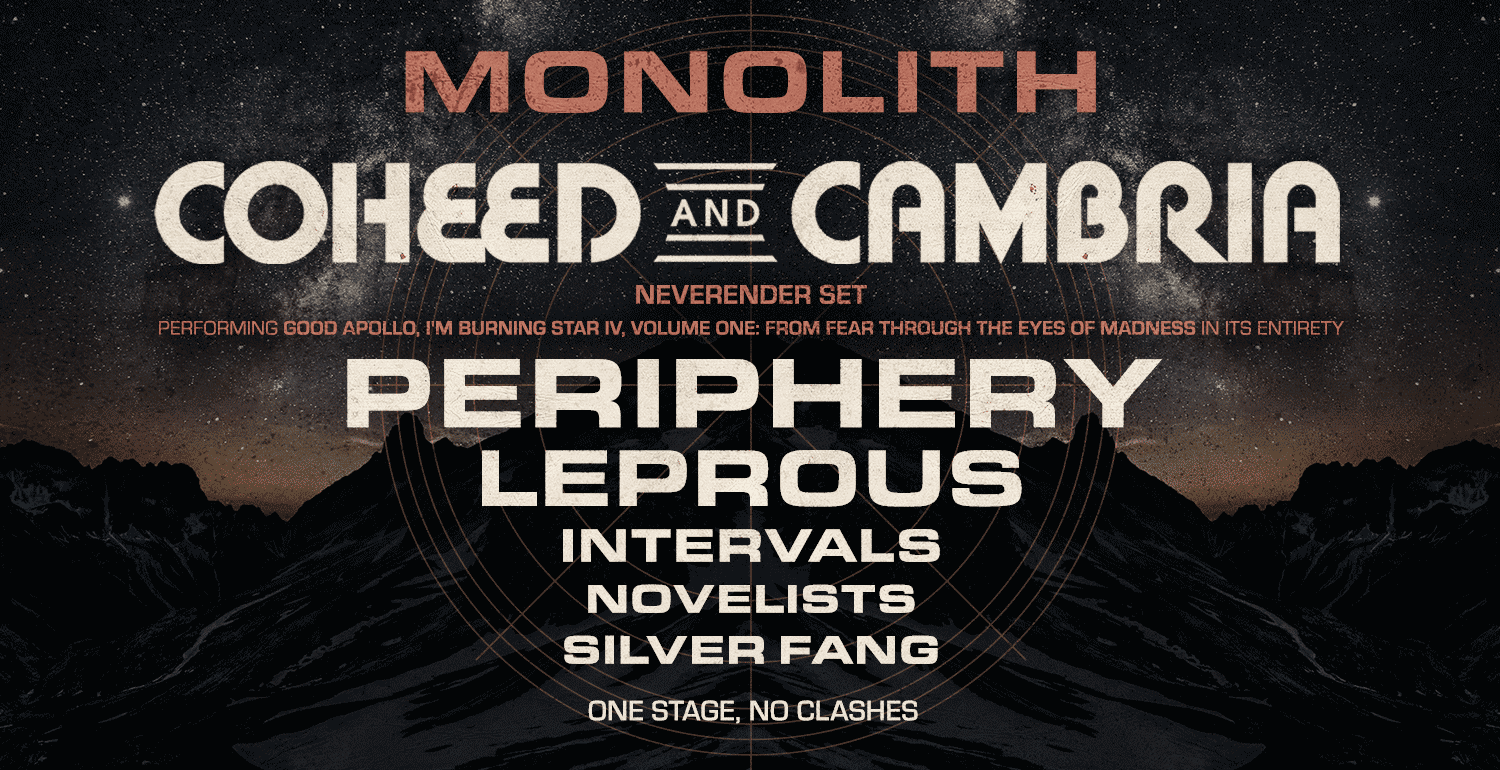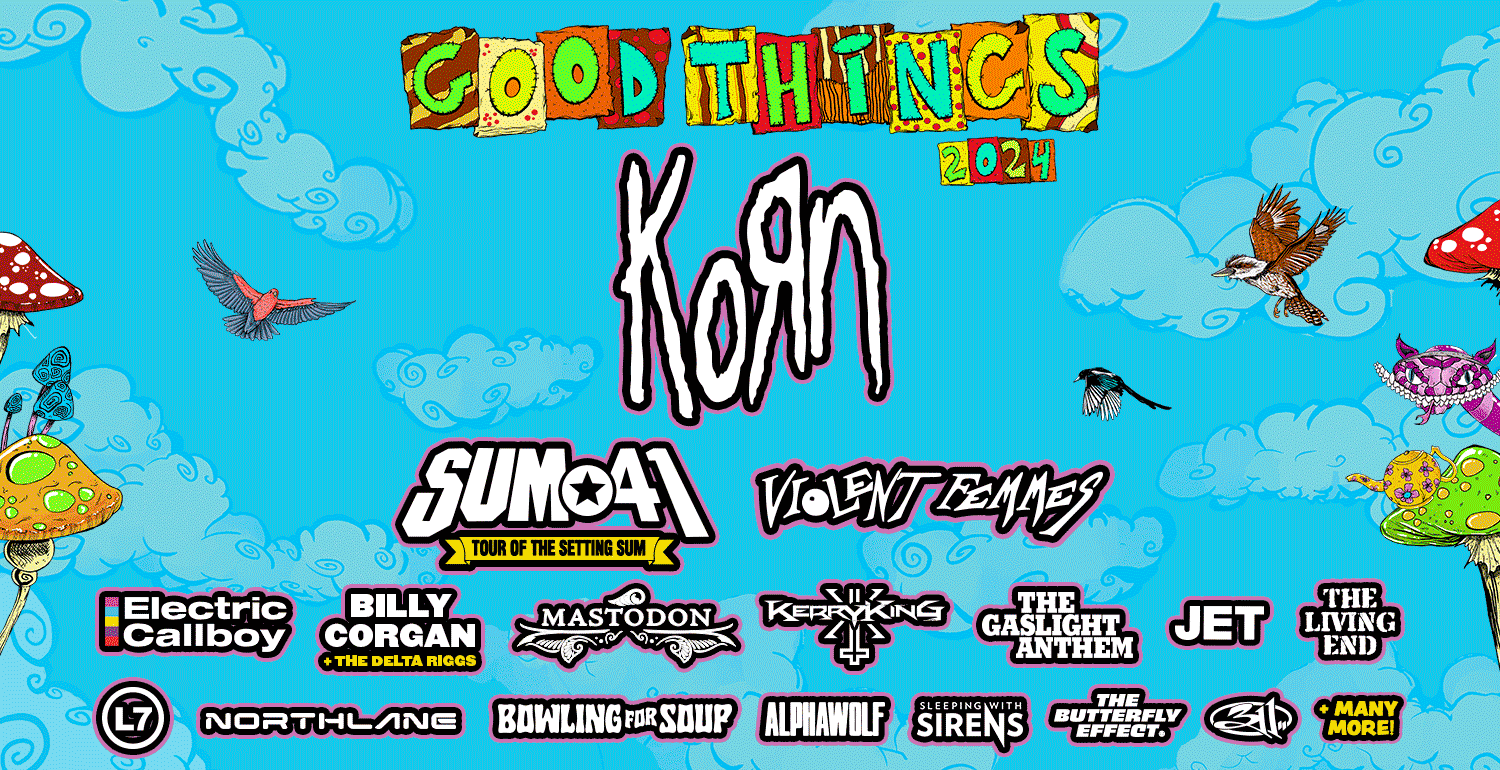British alt-rockers Anathema first graced our stages back in 2014 – 25 years after captivating audiences over the world. “We really had no idea what kind of audience to expect and we deliberately didn’t ask any questions in that regard,” Vincent Cavanagh, vocalist and guitarist says. “Sydney for example was a packed house and it was unbelievable to us. We were overwhelmed and flattered and really just totally psyched to be there.”
“I think it was a really good introduction to the band. We played a bunch of older stuff that we don’t usually play, so it was a chance for people to hear that, and I think coming back in December with this new album, it’s time to show everybody the more conceptual side of the band and the visual show that we put on with The Optimist.”
While the band would love to play with a local philharmonic orchestra for their time down under if ever given the chance, their Australian The Optimist tour is already set to be grand enough. “We’re stepping up the production and the visuals of the show. The show’s going to be split into two parts: the first half is The Optimist, the full album right the way through, and at this point we’re not even going to be talking to the crowd you know, it’s that kind of performance. Then we’ll take a short break, come back and say hi and play all the older stuff.”
The story that began with the cover image of the 2001 release A Fine Day To Exit is brought to an end with the band’s eleventh full-length, The Optimist, which will take us through another journey, following on from the faceless man who left us wondering about his departure at the beach. The 40-page art book that will come with the new record contains photographs shot on the West Coast of America, spanning from San Diego, past Los Angeles and San Francisco, through the forest and into Oregon in the middle of nowhere where the character, The Optimist has wandered.
The opening title track are the coordinates for Silver Strand beach in San Diego, the last known location of The Optimist seen in the 2001 release. “It was never actually said what happened to the guy, so we thought it would be ideal to pick that story up. Sometimes things come full circle and it feels right, and that was this record. We had the idea sort of halfway through the writing process and it gave us an anchor; something to build everything around.” Vincent says. “It’s really about what’s happening inside this guy’s head. On A Fine Day To Exit he’s reached his decision to erase his past, to try to escape everything and start a new life by faking his own death and just disappearing completely.”
“On the way from that, [the journey within The Optimist] is what happens to him. The music itself sort of feels like a night-time drive in a way. He thinks if he drives long and far enough that he’ll be able to outrun this [psychological] crash that’s going to happen.”
But The Optimist doesn’t outrun it, and it instead leads him to make an unexpected decision that is presented to the listener to decipher. “It is ultimately the right place for him and it’s where he should have been all along really – that’s the way I look at it,” Vincent says, “but then you could also say well, is this all happening in reverse? Is this what happened that lead him up to the beach in the first place, like a reverse breakdown? Or did he actually drown and all of this is happening like a flashback?”
The band worked with producer Tony Doogan (Mogwai, Belle & Sebastian) and recorded the album as a live band for the first time in years. With the powerful rapport Anathema holds as a live band, The Optimist recorded as such is set to be an epic. “It’s an unquantifiable sort of energy that you get when you play live; it’s there in the way you hold a note and hit it, and it’s the way you push each other and raise the dynamics – it’s like some form of non-verbal communication that adds something to the music.”
A Fine Day To Exit was quite a change compared to its predecessors, and Vincent says The Optimist offers enough of a change compared to 2012’s Weather Systems and 2014’s Distant Satellites. “I think some of the structures of the songs are different these days; there are some tracks like [current single] ‘Springfield’ that build around one riff, which is what we’re known for, [but] there are definitely some unexpected moments on there and different styles of stuff that we’ve never really tried. I think the electronic side of the band is way more realised now. There’s also some jazz sort of moments in there, like in the track ‘Close Your Eyes’.”
“There’s also a simple, big end to the record, which is reminiscent of something like [The Beatles’] ‘Hey Jude’, or [Oasis’s] ‘Champagne Supernova’. It feels British,” he laughs. “This is a very British album, which is ironic because it’s all set in America – it’s a British invasion.”
The band have a vast discography, often weaving in and out of different sounds and genres, and yet are tied to the progressive metal scene, stemming from their first few records, despite the lack of progressive or technical aspects. “I think we were put in this prog sort of scene, and earlier to that we were in a heavier sort of scene, and those are niche sort of markets, but we don’t really see ourselves as that kind of band. I don’t think we’re doing particularly obscure music.” Vincent says. “It’s really all about the visuals and what’s behind the songs – the meaning. I think [Anathema’s] got a pretty broad appeal. We just have to keep what we’re doing.”
Anathema are known for their soaring crescendos and melancholy ambience transfixed with stirring vocals, shared by Vincent and Lee Douglas, often leaving live crowds in silent tears, and social media flowing with comments about what the music stirs within long-time fans and first-time listeners. “It’s a kind of unintended consequence. What happens is people identify with something that’s real and they can appropriate it to their own life.” Vincent says. “I have that with music; songs that mean that much to me that will be a part of my life until the day I die, you know? That’s music for you.”













